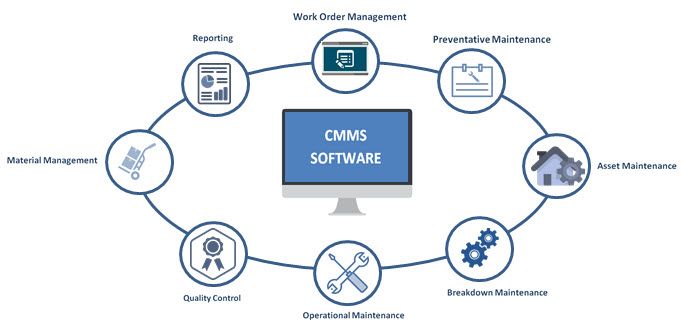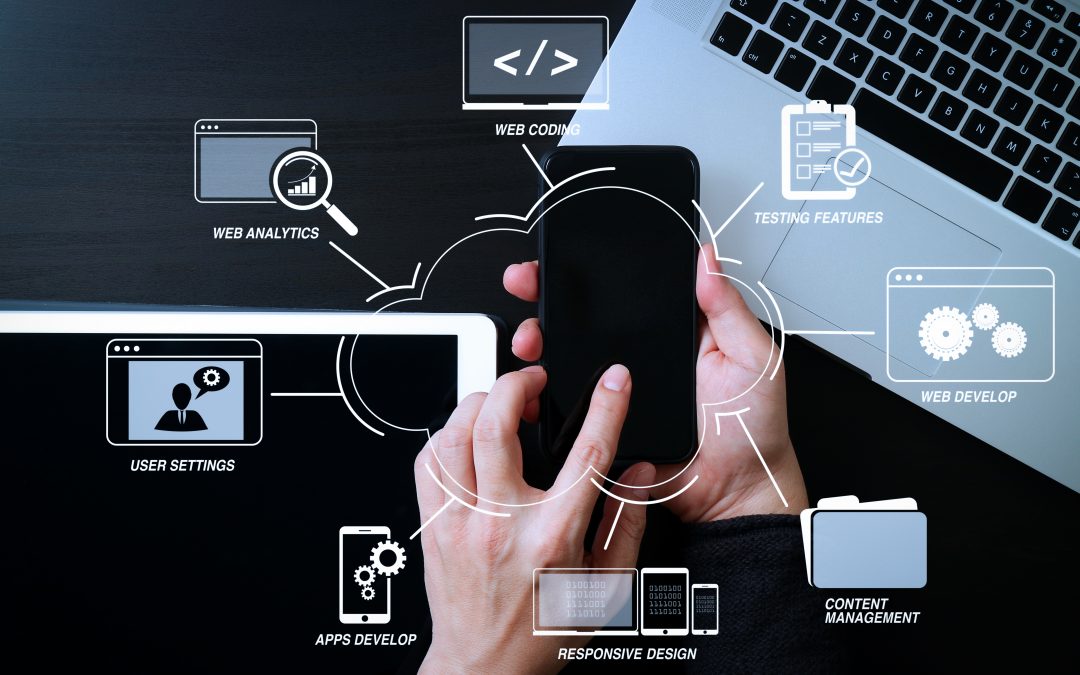CMMS Solution
A computerized maintenance management system (CMMS) helps the asset-intensive businesses digitally track, plan, optimize, and measure everything to do with maintenance.
A CMMS is what you need when the aim is to future-proof your company by making failure an exception and not the rule. Right from controlling costs, reducing downtime, increasing efficiency to centralizing information, a CMMS makes it easy for your business in more ways than one.
But don’t let that give you the idea that you can pick out any CMMS, implement it, and things will get automatically sorted out. There are quite a few things to be considered and sorted out before you start using a CMMS.
With that being said, here’s a brief guide on all that your organization needs to get started with a CMMS.
Table of Contents
1. Will a CMMS work for your business?
This is one of the first things you need to ask yourself before getting started with a CMMS. So, there are three things that you need to consider to find an answer to this question.
2. Do you need to use loads of equipment?
The CMMS helps you handle all kinds of maintenance for the high-value assets and all that data that comes from that equipment. Having loads of equipment also equates to having a sizeable storeroom. You need a CMMS to make sure that it remains efficient and organized, as well.
3. Are you into producing loads of things?
The right CMMS works wonders for synchronizing maintenance with production, even for the ones whose schedules keep shifting continuously. You finally get to put an end to all those bottlenecks between production and maintenance. It also helps you take down the real foes like quality issues, safety risks, and downtime.
4. Are you trying to enhance your reliability?
A CMMS can come to your aid if your company wants to achieve optimum operational excellence. The best predictive maintenance software will help you go beyond reactive maintenance. It will make you stick to the processes and churn out useful information from raw data to ensure that the entire operation runs like a well-functioning machine.
Getting started with using a CMMS solution
Now that you are sure that your organization needs a CMMS solution, it’s time to start considering what you need to get started with it.

As per the reputed growth marketer Josh Fletcher, the key to successful utilization of a CMMS solution lies in understanding the nuances of its implementation. So, here are the things you need to make sure that the process goes glitch-free and smoothly.
1. Underlining the scope of the project
So, the first thing you require is to understand the cost, timeline, and goals related to the CMMS implementation. You need to figure out the goals of the project, its areas of implementation, and the budget that you can allocate for it. All of these factors will help you in selecting the right CMMS for your business.
Simply going by the top search result or on that recommendation of your friend is not the right way to choose a CMMS. You need to understand what features you’re looking for you start considering the options.
2. Getting the stakeholders involved
You need everyone involved in decision-making to be on-board before you start considering CMMS implementation.
A smooth launch is only possible when there is unequivocal approval from the maintenance teams, managers, and other chief stakeholders. They need to know about all the new developments.
3. Having a committed migration team
The initial level of effort is a strong determinant of how easy or difficult migration can be. For instance, an organization that expects a smooth migration without going through and clearing its data and handling assets in advance will face major issues at the time of implementation.
It is important to have a committed team to deal with asset migration. There are professional services that help out businesses in doing this when the task feels too daunting. For instance, many companies offer data migration services to organizations who want to shift data from earlier maintenance software.
4. Ensuring regular team meetings
You need to plan a possible kickoff date and get the entire team informed of that date beforehand. At the time of implementation, scheduling regular meetings with the main stakeholders are necessary to give every department the attention that it deserves.
You can think of these as check-ins that are crucial to keep a finger on the pulse of the CMMS. You should also check-in with the provider of the software. The account manager of your company can help in making the implementation successful by keeping you on track.
5. Plans for incremental implementation
Implementing enterprise asset management software all at once might not always be a great idea. After all, a learning curve is part and parcel of a CMMS implementation for all those who are involved. It is not just about the technicians who have to submit work orders.
A sound idea would be to start CMMS in one area to get the hang of it before introducing it to all aspects of the company.
6. Taking proper care of the training aspects
You need to find out the kind of documentation (FAQs, operation manuals, or training courses) that your teams need and figure out ways to fulfill those needs.
Use the training services of the vendors if they are on offer. If that isn’t available, you should give enough time for the employees to read and understand the training material. You can even hire technical writers to develop training material so that you have the latest version of the documentation in hand.
Endnote
Getting started with the CMMS implementation will feel a lot easier when you follow the ideas given here. It will help you avoid the most common mistakes that lead to implementation failures.
And, once you are successful in getting started with a CMMS, there’s no looking back. So, are you ready to take the next step in asset management? If not yet, then follow this guide and get going with the CMMS solution for your company.

